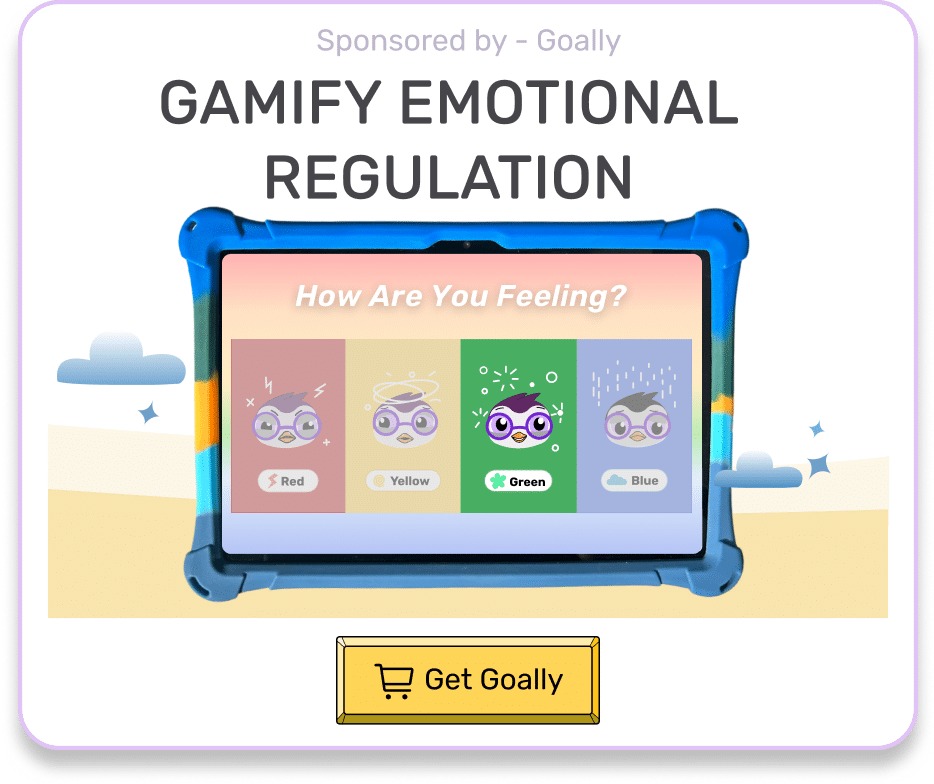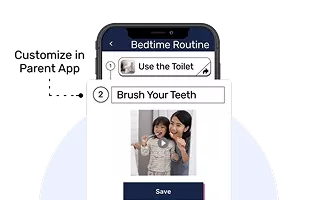Regulating emotions is a crucial skill for children, helping them manage stress, frustration, and excitement in healthy ways. Learning to identify and express emotions effectively not only supports emotional well-being but also enhances focus, social interactions, and overall mental health. In this guide, we’ll explore practical strategies and tools to help your child regulate their emotions, from deep breathing exercises to creating a calm environment. These techniques can make a world of difference in helping your child navigate life’s ups and downs with greater ease and confidence.
Table of Contents
1. Create a Cozy Corner
Setting up a cozy and safe space for your child is the first step in learning how to regulate emotions. This area should be free from loud noises, bright lights, and other distractions that might cause emotional reactions. Please encourage your child to go to this spot when they need a break or want to calm down.
- Include soft pillows and blankets
- Add calming sensory items, like fidget toys or stress balls
- Consider soothing colors and dim lighting
2. Teach Feelings Words
Helping your child understand and name their emotions is essential for emotional regulation. Start with simple words like “happy,” “sad,” “mad,” or “worried” to describe different emotions. Encourage your kid to talk about their feelings, which will help them learn how to regulate emotions better.
Using books, movies, or TV shows can be a great way to introduce feelings and words. Pause and discuss the emotions of the characters, asking your child how they think the character feels and why. This practice will help your child become more aware of their own emotions and those of others.
3. Show How You Handle Emotions
Are you wondering how to regulate emotions effectively as a parent? You’ve got a golden opportunity to demonstrate this for your child. When life throws curveballs, let your child see how you manage your feelings. Share your emotional journey, discuss how you simmer down – maybe it’s deep breathing, counting to ten, or a brisk walk. Your actions can be a valuable lesson for them.
Read More: 5 Emotional Regulation Activities
And remember, it’s perfectly okay to express your emotions in front of your child. It’s important for them to understand the broad spectrum of human emotions and that feeling them is completely normal. The key, though, is showcasing healthy methods for dealing with these emotions – that’s the secret to effective regulation of emotions.
4. Practice Mindfulness Together
Teaching your child mindfulness techniques can help them become more aware of their emotions and learn how to regulate them. Techniques like deep breathing, relaxing their muscles, or imagining a peaceful place can be useful tools for emotional regulation.
Make these practices part of your child’s daily routine so they have tools to use when they need to regulate their emotions. You can also practice mindfulness together as a family, creating a shared experience and reinforcing the importance of emotional regulation.
5. Use Pictures to Help
Pictures, like emotion charts or stories with pictures, can help your child learn how to regulate emotions. These tools can show your child how to recognize their feelings and understand the right way to react in different situations. Using pictures can make it easier for your child to grasp these ideas.
- Create a feelings chart with images representing different emotions
- Use social stories with pictures to teach appropriate responses
- Encourage your child to draw their emotions as a form of expression
6. Give Praise and Encouragement
When your child does a good job managing their emotions or uses a coping skill you’ve taught them, be sure to praise them. Giving positive feedback will help your child feel more confident in their ability to regulate emotions and motivate them to keep practicing these skills.
Let’s zero in on the specific actions or behaviors your child exhibits, like taking those calming deep breaths or articulating their feelings. The goal here is to strengthen the bond between these coping mechanisms and the positive result they bring about. Think of it as a puzzle – we’re piecing together regulation of emotions in a way that fosters your child’s emotional growth. After all, the regulation of emotions can serve as a cornerstone of their personal development.
7. Ask for Help from Experts
If your child still has trouble with emotional regulation, it might be a good idea to get help from a professional, like a therapist or counselor who works specifically with neurodivergent kids. They can offer expert advice and strategies to help your child learn how to regulate emotions more effectively.
Remember to reach out for support. Many parents find that working with a professional can provide valuable insights and tools to help their child develop emotional regulation skills and improve overall well-being.
Tired of Emotional Meltdowns?
Goally’s Mood Tuner app has activities for kids with BIG emotions. Teach kids how to tune their mood with Goally. See fewer meltdowns.
The Mood Tuner app encourages kids to look inwards and identify their feelings, helping them understand what’s going on inside. Once they’ve recognized their emotions, they can choose from a 20+ activities designed to help them self-regulate and find their balance.

Helping your child learn how to regulate emotions is a journey that requires patience, understanding, and persistence. By following these seven tips and providing a supportive environment, you’ll be well on your way to empowering your child to navigate their emotions successfully. Remember, every child is unique, and progress may look different for each individual. Celebrate the small victories and keep working together to build a strong foundation for emotional well-being.
Emily is a seasoned blog writer for Goally, leveraging her extensive background in child psychology and special education to provide valuable insights and resources for parents. Her commitment to understanding and addressing the unique needs of these children, combined with her expertise in educational strategies, makes her a credible and empathetic voice for families.





